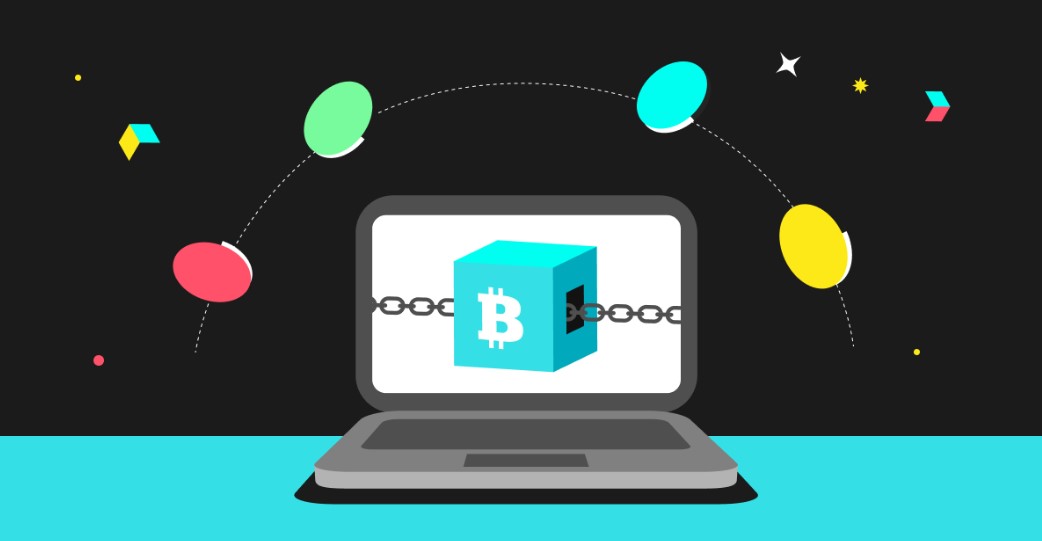Have you ever pondered the metamorphosis of gold, that tangible, lustrous element, into an intangible digital asset, invisible yet globally influential?
This is the story of Bitcoin, often known as ‘’Digital Gold’ of the 21st century.
Bitcoin was introduced for the first time during the financial crisis in 2008. It emerged as a revolutionary form of digital asset with the potential to redefine the very concept of cash. From being worth a couple of pizzas to ballooning into a hundred billion dollar asset, Bitcoin created its own history. But why is Bitcoin being likened to gold, a physical asset that has been a store of value for thousands of years?
Like gold, it is finite, with only 21 million bitcoins ever to be mined, providing it an inherent scarcity value. Bitcoin (BTC) also maintains the independent, non-sovereign nature of gold, free from governmental control and intervention. But, it goes a step further: it is portable, divisible, and verifiable in a way that gold, by its physical nature, could never be. This blend of old and new, of traditional store of value and cutting-edge technology, is what has led many to christen Bitcoin as the ‘Digital Gold’ of this era.
Stablecoins: Revolutionising Dollar Transactions with the Lightning Speed of the Internet
Traditional international money transfers can be expensive and slow, often imposing a higher currency exchange rate on the senders. Is there a solution that combines the stability of the US dollar with the speed and global reach of the internet?
Enter the world of stablecoins, a type of cryptocurrency designed to maintain a stable value and typically pegged to the US dollar, Euro or gold. This unique design aims to combine the best of both worlds: the borderless, fast, and secure transactions enabled by cryptocurrencies with the relative stability of fiat currencies.
Stablecoins’ transactions can be processed at a remarkable speed, enabling a business in the United States to pay a supplier in Japan within minutes, as opposed to the days it might take through conventional banking. This near-instantaneous transaction capability starkly contrasts with the often lengthy processing times associated with traditional cross-border transactions.
Each transaction is recorded on a decentralised public ledger, a level of transparency rarely matched in traditional banking, coupled with cryptographic security measures that fortify transactions against fraud and hacking. Unlike the day-to-day value fluctuations experienced with other cryptocurrencies, stablecoins, by virtue of being pegged to stable assets, provide a more predictable and reliable means of conducting digital transactions.
[Read More…]

